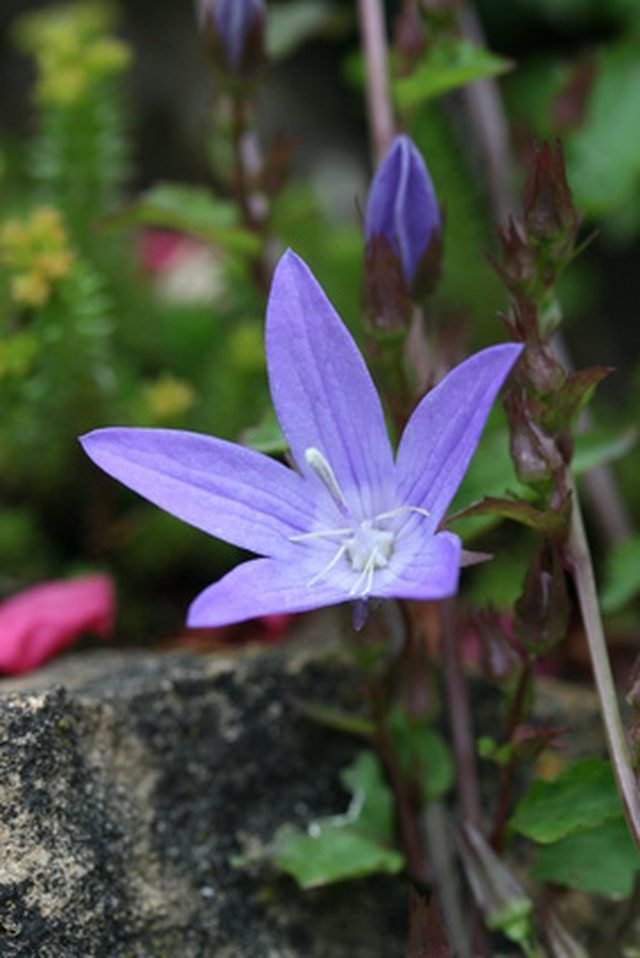Bulbs
Flower Basics
Flower Beds & Specialty Gardens
Flower Garden
Garden Furniture
Garden Gnomes
Garden Seeds
Garden Sheds
Garden Statues
Garden Tools & Supplies
Gardening Basics
Green & Organic
Groundcovers & Vines
Growing Annuals
Growing Basil
Growing Beans
Growing Berries
Growing Blueberries
Growing Cactus
Growing Corn
Growing Cotton
Growing Edibles
Growing Flowers
Growing Garlic
Growing Grapes
Growing Grass
Growing Herbs
Growing Jasmine
Growing Mint
Growing Mushrooms
Orchids
Growing Peanuts
Growing Perennials
Growing Plants
Growing Rosemary
Growing Roses
Growing Strawberries
Growing Sunflowers
Growing Thyme
Growing Tomatoes
Growing Tulips
Growing Vegetables
Herb Basics
Herb Garden
Indoor Growing
Landscaping Basics
Landscaping Patios
Landscaping Plants
Landscaping Shrubs
Landscaping Trees
Landscaping Walks & Pathways
Lawn Basics
Lawn Maintenance
Lawn Mowers
Lawn Ornaments
Lawn Planting
Lawn Tools
Outdoor Growing
Overall Landscape Planning
Pests, Weeds & Problems
Plant Basics
Rock Garden
Rose Garden
Shrubs
Soil
Specialty Gardens
Trees
Vegetable Garden
Yard Maintenance
How to Plant Vinca Major
How to Plant Vinca Major. Vinca major--also called bigleaf periwinkle--is a fast-growing perennial vine that features heart-shaped evergreen leaves and violet flowers that bloom from April to June. It is often confused with vinca minor, but it differs from this plant in that the leaves are larger and a paler shade of green. Vinca major excels as a...

Vinca major--also called bigleaf periwinkle--is a fast-growing perennial vine that features heart-shaped evergreen leaves and violet flowers that bloom from April to June. It is often confused with vinca minor, but it differs from this plant in that the leaves are larger and a paler shade of green. Vinca major excels as a ground cover for large bare spaces--where it provides good erosion control--and as an edging for flower beds. It grows so readily that in some states it is considered invasive. By providing the vinca major plant with some basic requirements, you can brighten up shady or bare spots in your yard or garden with this handsome vine.
Things You'll Need
Shovel
Compost or dried manure
Mulch made of bark chips or pine straw
Commercial, slow-release, well-balanced fertilizer formulated for evergreen plants
Pruning shears (optional)
Prepare a planting site for your vinca vines by breaking up and loosening the soil to a depth of 6 inches, then mixing in compost or dried manure to a depth of 1 inch.
Dig a hole that is roughly twice as big around as each plant's root ball, and about as deep. Space the plants 4 to 8 inches apart if you plan to use them as a ground cover, and 8 to 12 inches apart for a border edging.
Set the vinca vines in the holes, making sure to plant them at the same depth at which they were planted in the containers.
Backfill with garden soil, firming the soil around the root balls. Water thoroughly after planting, and continue to water thereafter to keep the soil moist until the vines have become established.
Apply a 2-inch layer of mulch made of bark chips or pine straw to conserve moisture, protect the roots, and provide a physical barrier against fungal diseases.
Fertilize after new growth appears in the spring, using a slow-release, well-balanced fertilizer formulated for evergreen plants. Apply according to label directions.
Shear or pinch the vinca major back occasionally to promote new, compact growth.
Pull unwanted vines by hand as soon as they emerge to prevent vinca major from taking over your lawn or garden. Vinca major spreads quickly along the ground by forming roots at the growing tips and leaf nodes.
Tips & Warnings
Examine the stems and leaves of vinca major vines before purchasing them in order to select a healthy, vigorous plant free of insect pests or diseases. Avoid vines with yellow leaves--a sign of root rot--as well as those that appear leggy or straggly.
For a less-invasive plant, choose the variegated vinca major cultivar, which is not as aggressive as the solid-leafed variety. For a smaller, more compact vine, choose the Heatwave Pink, a dwarf cultivar.
Although the vinca major vine can grow in full shade, partial shade or full sun, be aware that planting a vinca major vine in full sun produces better-looking flowers, while being planted in partial or full shade creates more attractive foliage.
Vinca major is poisonous if ingested.
If you live in a warm-weather climate, don't plant vinca major where it will be exposed to scorching afternoon sun and extreme heat.